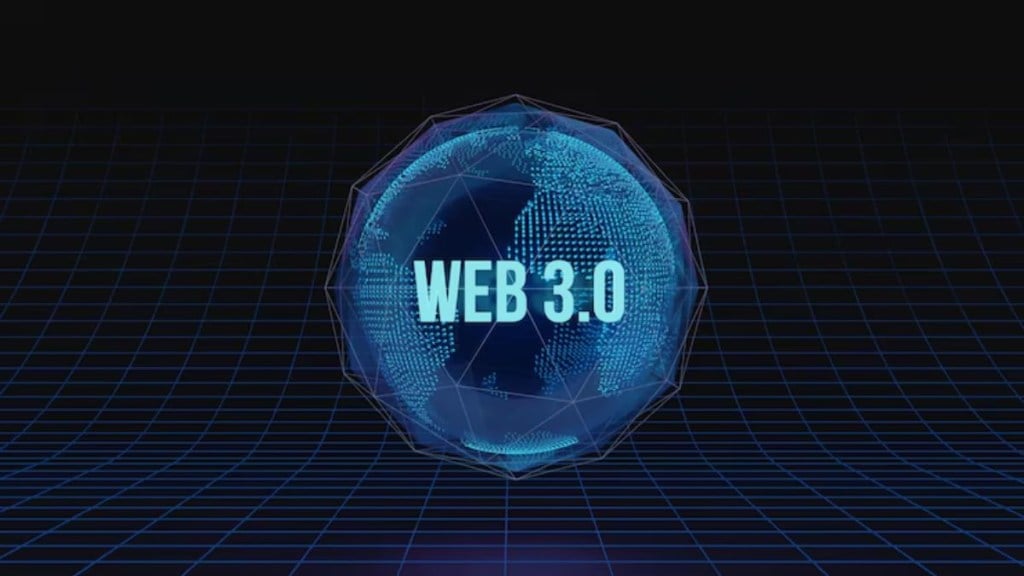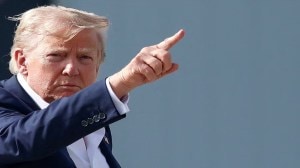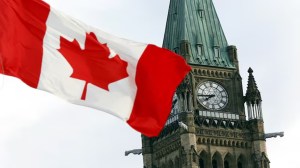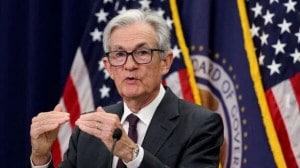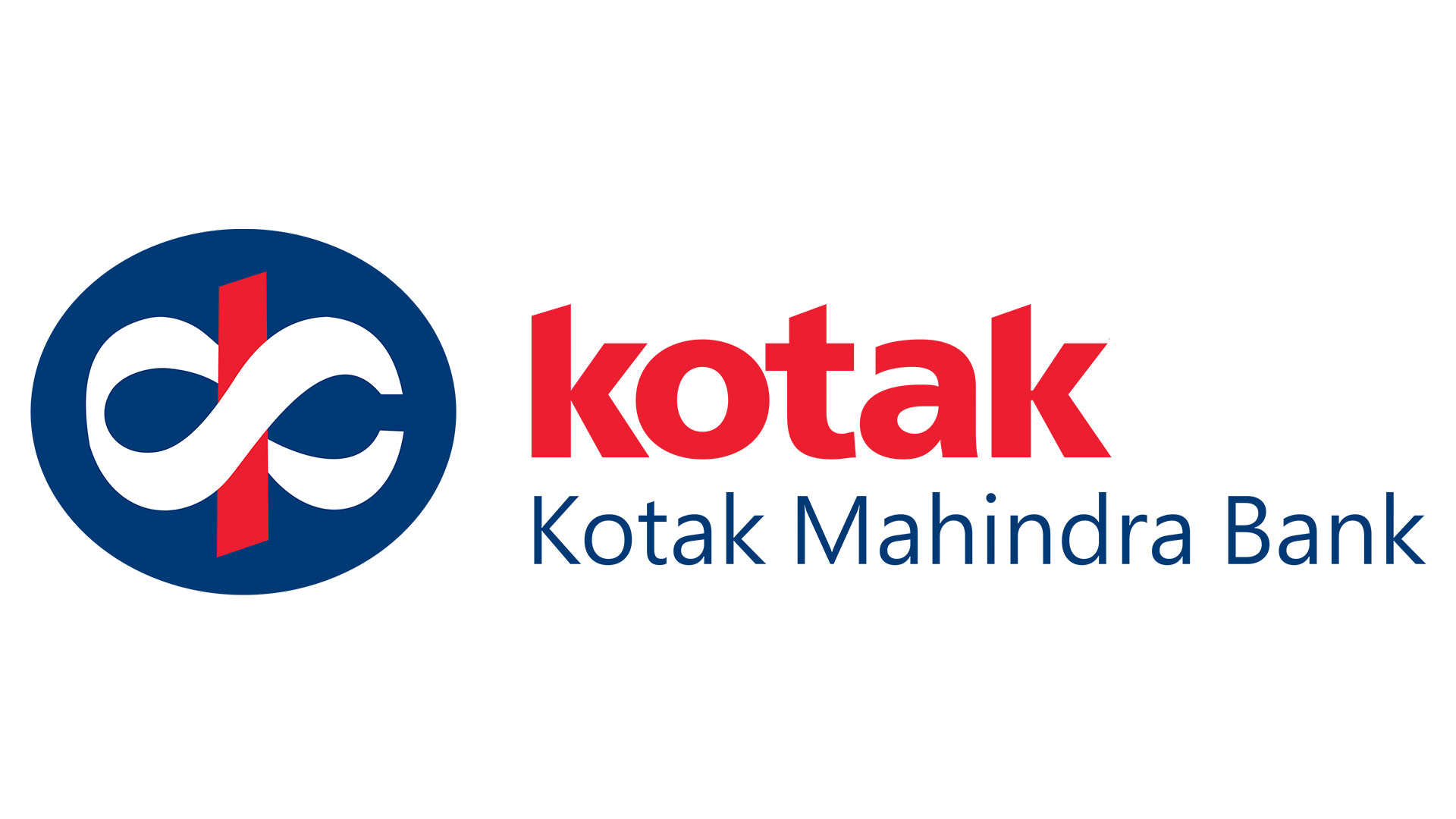Imagine a world where the old guards who control creativity fade away, and instead, new platforms arise that give everyone more freedom, honesty, and ownership. For creators to undergo a transformation in this digital era, it seems that the answer lies in decentralisation induced by Web3.0. Web3.0, seemingly hailed as the next step in the Internet’s progression, is believed to have hit the spotlight over its ability to help the creator economy go beyond traditional boundaries. With possibilities ranging over integration between Web3.0 and the creator economy, a paradigm shift towards individual empowerment and digital autonomy can unfold. “I think Web3.0 allows for direct interaction between creators and audiences through decentralised applications (dApps). Using blockchain, creators can leverage tools such as cryptocurrencies and non-fungible tokens (NFTs) to monetise their work and build communities around it. Fans can invest directly in creators and own unique experiences. This has the potential to facilitate new revenue streams. Decentralisation is considered important as it allows creators to govern projects without centralised control,” Sumit Ghosh, co-founder and CEO, Chingari, a Web3.0 live streaming application, told FE TransformX.
So, how exactly is there a relationship between Web3.0 and the creator economy? According to PricewaterhouseCoopers (PwC), a professional service firm, despite Web2.0 helping creators by reducing entry obstacles for social and other media platforms to increase engagement, it creates autonomy of power. In that regard, Web3.0 has the potential to ensure equitable distribution of power by transferring ownership from centralised officials to individuals and communities. From what it’s understood, this segregation in power gets implemented using technologies such as NFTs, smart contracts, decentralised autonomous organisations (DAOs), and blockchain. As far as Web3.0 for NFTs is concerned, creators can earn revenue through NFT transactions, token incentivisation, and membership plans. Moreover, Web3.0 can help creators allocate content across different blockchain-based platforms, along with relationship development across DAOs and the establishment of connections with audiences worldwide unrestricted by transaction barriers or geographic boundaries.
“I believe decentralised funding models such as DAOs allow creators to seek support directly from their audience. Smart contracts can ensure fair compensation and transparent revenue distribution. NFTs can provide immutable proof of ownership and authenticity for digital creations. Collaborative creation and ownership models can foster inclusivity and cooperation among creators. Community engagement and decentralised governance mechanisms can empower audiences to participate in decision-making. Overall, Web3.0 can enhance the creator economy by promoting autonomy, fairness, and engagement,” Prakash Kamaraj, managing director, Chaincraft Labs Inc, a Web3.0-based technological consultancy firm, explained.
According to media reports, digital marketing is considered an important segment of the creator economy developed by Web2.0. Insights from a study conducted by Gartner, a management consulting company, found that around 72% of businesses intend to expand their Web3.0 marketing costs in 2024. Reportedly, different corporations have already entered into the Web3.0 landscape, with Samsung and Nascar entering into collaborations with blockchain-oriented firms and Starbucks trying to implement an NFT loyalty program. In recent developments, Friend.tech, a decentralised social network, entered into the Web3.0-based creator economy and clocked $50 million worth of fees within three months, along with garnering 75,000 daily active users. Market experts believe that the influencer marketing landscape could shift towards user-generated content rather than brand-centric content, with the influence of Web3.0. In terms of valuation, Goldman Sachs, an investment banking company, has valued the creator economy at roughly $250 billion, and Metav.rs, a no-code metaverse platform, has valued the Web3.0 market to reach $81.5 billion by 2030.
Overall, in 2024, market research has suggested that the anticipated bull run will benefit the Web3.0-based creator economy. It’s believed that Web3.0 influencers available on TikTok, X, formerly Twitter, YouTube, among others, are and will be valuable for sustaining the Web3.0 creator economy, on account of their interactions with individuals belonging to Web3.0 networks such as Chainlink, Solana, Ethereum, and Cosmos. “In 2024, I anticipate more creators, from nano to mogul levels, leveraging platforms such as Roblox and Fortnite to reach new audiences, a trend we seem to be already witnessing. With online followings reaching saturation, creators should explore distribution channels beyond social media and seek alternative revenue sources. I am expecting more creator economy-focused startups to come up with better value propositions, and platforms that are more mindful about monetisation opportunities and optimised for creators. If you see one of the key narratives driving the Web3.0 specific market sentiment, it should be the creator economy, and we could expect some funding rounds in the coming months,” Ravi Chamria, co-founder and CEO, Zeeve, a blockchain deployment and management platform, concluded.


